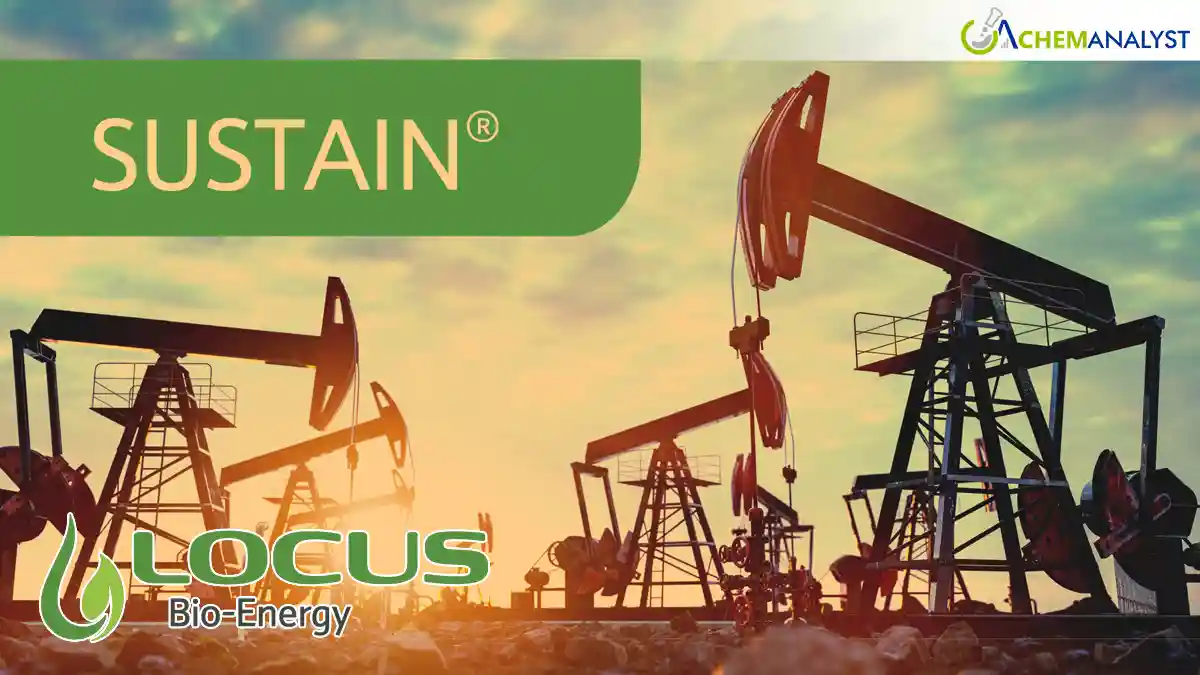Welcome To ChemAnalyst

Locus Bio-Energy announced that its biosurfactant-based technology, SUSTAIN® SF101, delivered a 20% increase in oil production and a 12× return on investment (ROI) in a recent Delaware Basin hydraulic fracturing program.
In a significant development for the oil and gas industry, Locus Bio-Energy, a subsidiary of Locus Fermentation Solutions, has publicly released field results showcasing the superior performance of its SUSTAIN® SF101 biosurfactant technology in the Permian Basin's Delaware sub-basin. The data, derived from a recent Wolfcamp A program, provides compelling evidence that advanced chemistry, rather than further mechanical adjustments, is the next frontier for optimizing oil and gas recovery and well economics.
The field program compared three wells treated with SUSTAIN® SF101 against three control wells completed under identical parameters. The results, compiled using industry-standard data from Enverus and verified by the operating partner, demonstrated exceptional uplift:
• 20% Increase in Oil Production
• 15% Increase in Gas Production
• 23% Lower Water–Oil Ratio (WOR)
Crucially, the treatment delivered an impressive 12× return on investment (ROI) within a six-month period, with the initial investment paid out in less than one month. This rapid financial return was driven by a faster oil cut, more efficient flowback, and a sustained production uplift lasting over 180 days.
Martin Shumway, Senior Vice President at Locus Bio-Energy, emphasized the shift in industry focus. "Oil and gas operators have already optimized capital and design efficiencies in hydraulic fracturing—it's time to unlock chemical efficiency," said Shumway. "In Delaware Basin Wolfcamp wells, SUSTAIN® delivered 20% more oil over six months, demonstrating how operators can use biosurfactant chemistry to increase asset value and achieve stronger returns."
The success of SUSTAIN® is attributed to its innovative biosurfactant formulation, which generates ultra-small micelles (approximately $3-5 \text{ nm}$). This microscopic size allows the chemistry to penetrate previously unreachable reserves within the shale nanopores, a challenge that conventional surfactants often fail to overcome. By improving hydrocarbon mobility and enhancing fluid cleanup, the technology ensures that more oil and gas can flow freely, even under the high-salinity conditions typical of Permian production.
With tighter budgets and increasing expectations for asset productivity, technologies like SUSTAIN®—returning roughly twelve dollars for every dollar invested—are quickly becoming an essential tool for operators seeking to maximize value and economic performance across the Permian and other major U.S. basins.
We use cookies to deliver the best possible experience on our website. To learn more, visit our Privacy Policy. By continuing to use this site or by closing this box, you consent to our use of cookies. More info.
